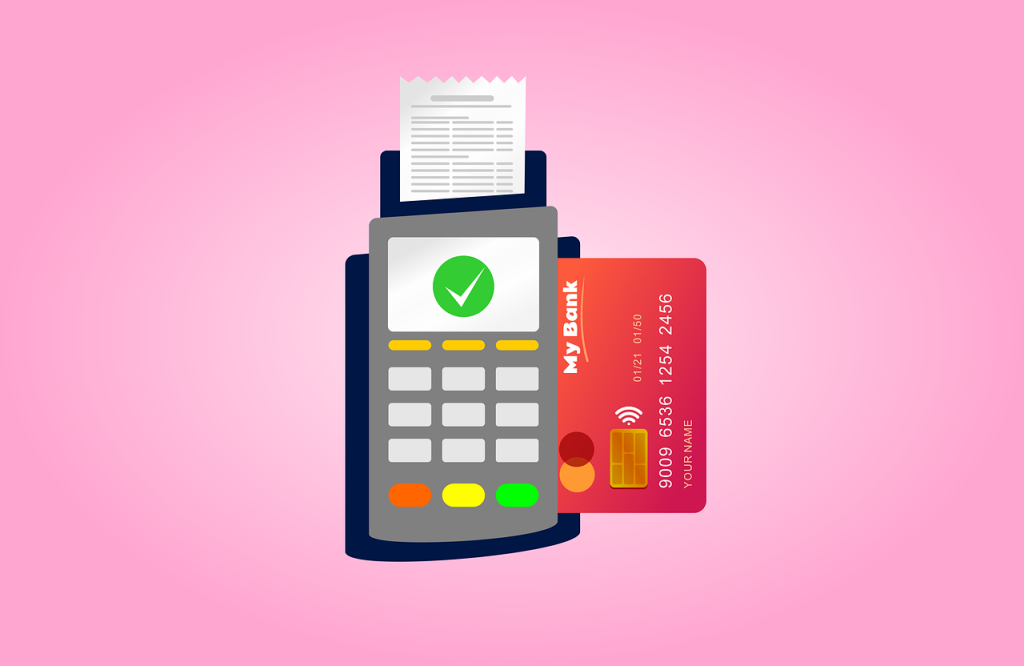Bangladeshis are swiping their cards overseas far more than foreigners are spending inside the country, creating a striking imbalance in cross-border financial flows.
A new Bangladesh Bank report shows that in July 2025, Bangladeshi cardholders spent Tk 888 crore abroad, while foreigners in Bangladesh spent just Tk 189 crore on their cards. This means Bangladeshis spent nearly five times more outside the country than international visitors did within its borders.
The imbalance comes despite a rapid expansion of domestic card use. Over the last five years, the number of issued debit, credit, and prepaid cards grew by 157%, while transaction volumes surged by more than 230%.
Yet the benefits of this growth have flowed outward more than inward. At home, department stores, utilities, and pharmacies dominate card transactions. Abroad, Bangladeshis use their cards most heavily at department stores, retail outlets, and government services, particularly in the United States and the United Kingdom.
Foreigners spending in Bangladesh, on the other hand, devote a large portion of their card activity to cash withdrawals rather than shopping or services.
This disparity is not unique to Bangladesh but is more pronounced than in many South Asian peers. In India, for example, cross-border card use has also soared, with credit cards and digital wallets carrying much of the traffic.
But India’s large inflows from foreign tourists and business travelers cushion the imbalance, as visitors typically spend more heavily in the country’s hotels, retail centers, and transport networks.
Sri Lanka, too, has moved aggressively to expand inbound digital payments, linking to India’s UPI and promoting QR-based transactions as part of its post-pandemic tourism revival. By contrast, Bangladesh’s inflows remain relatively small, despite the rapid rise in outbound transactions.
Diplomatic and regulatory frictions have played a role. Card spending by Bangladeshis in India has dropped sharply in recent months amid visa restrictions and political headwinds. This has curtailed one of the most obvious regional corridors for spending and done little to boost inbound activity from Indian visitors.
Meanwhile, Bangladesh has been slower to integrate with cross-border digital networks that might make it easier for foreign travelers to spend within the country.
Economists warn that such imbalances could carry consequences. With more money flowing out on cards than flowing in, Bangladesh may face additional pressure on its foreign exchange reserves.
Policymakers have responded by highlighting the need to attract more foreign spending through tourism, expand card acceptance at domestic merchants, and strengthen trust in digital transactions.
Economist M S Siddique told TIMES of Bangladesh, “Unless Bangladesh can capture more of the foreign visitor market, its digital payments revolution risks becoming another source of imbalance in an already fragile external sector.”
Where Bangladeshis spend card money most
Bangladeshis spent the largest portion of their cross-border card payments in the United States, followed by the United Kingdom and Thailand in July 2025, according to a Bangladesh Bank report.
More than 16% of total overseas card spending went to the United States, nearly 12% to the United Kingdom, and almost 11% to Thailand. Other significant destinations included Singapore, Malaysia, and India, while Canada, the Netherlands, UAE, Australia, Saudi Arabia, and Ireland also received notable spending. Spending in all other countries accounted for nearly 16% of total cross-border card usage.
The report also shows that Bangladeshis primarily used their cards abroad for retail purchases, department stores, shopping outlets, and government services. The data reflects a growing trend of digital payments among Bangladeshis traveling overseas, with convenience and secure transactions driving usage.


